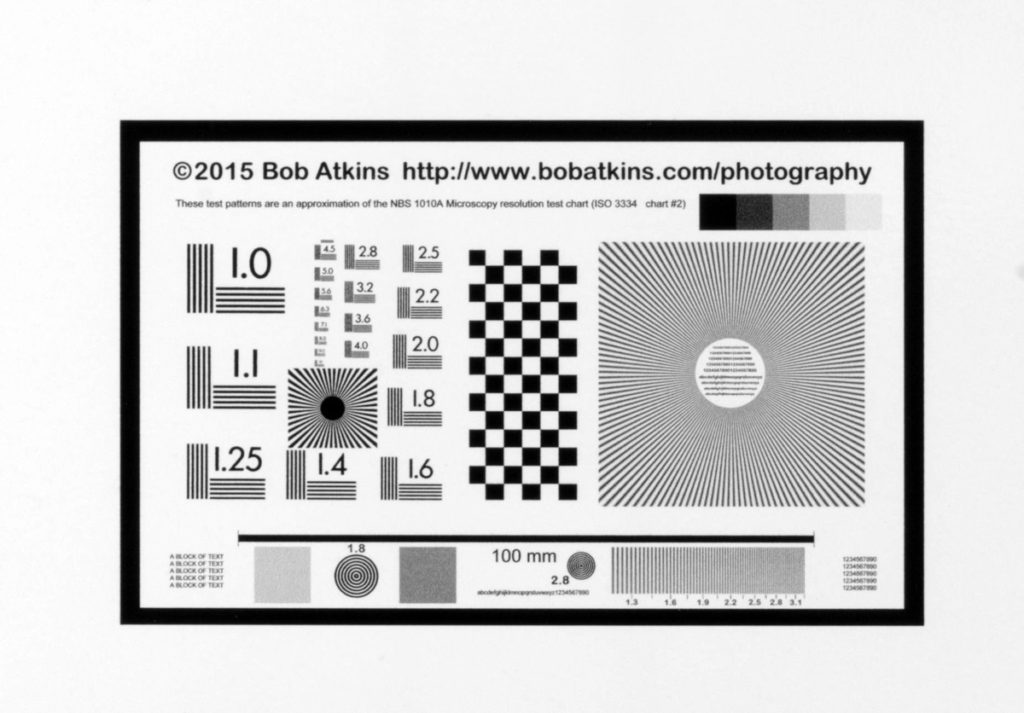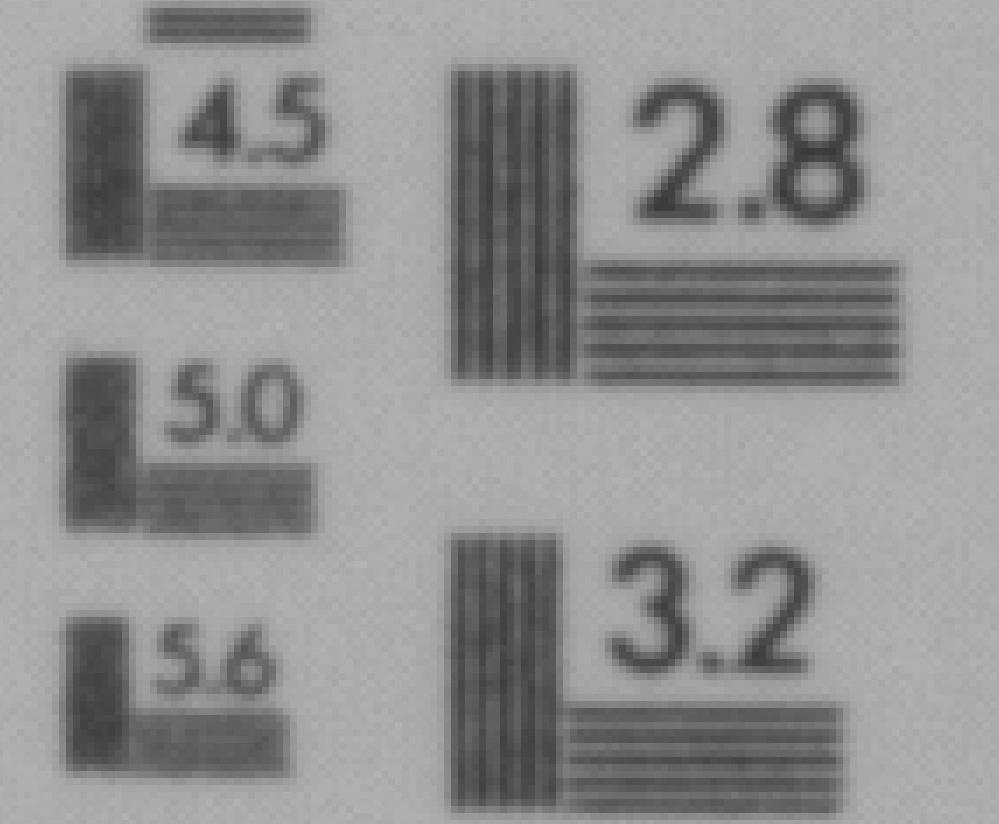I’m a skeptic. Yes, those that know me will not be shocked to hear that, but as a scientist it is a healthy thing to be. If you don’t question how data was collected, or what it means, then how do you know if it is relevant?
For a few years now I’ve been working with cameras which have been converted to monochrome by doing some pretty serious internal modifications. In theory, one of the upsides of this should be an increase in the resolution in the final image, due to the way in which each pixel is formed. In a standard camera each pixel is actually made up of 4 elements – a red, a blue, and 2 green squares. In a monochrome converted camera where the Bayer filter has been removed, these squares should no longer be coloured, and should behave equivalently to one another (it’s not quite a simple as that, due to the way in which the camera processes the signal from each channel, but for the sake of discussion here and not sending everyone to sleep, it’s a reasonable assumption to make). This should mean that the monochrome camera will have a higher resolution than the standard camera with the Bayer filter. But is that really the case?
The short answer is yes a monochrome conversion does improve the resolution, but you have know how to get the best from the image in order to see this improvement.
A simple experiment to show the difference. 2 cameras – one standard unmodified Canon EOS 5DS R and one modified to monochrome by MaxMax in the US, who does a lot of my camera modification work. Put a sharp lens on them – about the sharpest lens I own which was suitable for this experiment is a Canon EOS 100mm macro. Then take images of a resolution test chart (I downloaded one from Bob Atkins, here, and printed it on glossy inkjet paper) at a fixed distance, and using low ISO, mirror lock up etc etc, and different apertures. Here is what the test chart looks like.

The actual full image is much bigger, covering an area of about 36″ by 24″ (the camera was about 3m away from the chart), and this test chart is 4″ by 6″ placed in the middle of the area being photographed. For the sake of testing resolution, look towards the left of the chart are sets of lines at 90 degrees to one another, and with numbers against them. These start from 1.0 for the largest ones, and as the numbers increase the lines get smaller, as do the differences between them. The better the resolution, the smaller the lines that can be resolved.
In the interest of brevity, and to make sure those of you who have made it this far, don’t fall asleep, I shall cut out a few steps there. Basically the images are cropped, and looked at at high resolution. As I am interested in the monochrome capability, the image from the standard camera was converted to greyscale, to allow me to compare the 2 cameras. Here’s a crop from the standard camera image.

Above is a cropped portion of the test chart image for the Standard EOS 5DS R camera. The lines for 2.8 and 3.2 can be easily seen, but by 4.5 they have essentially become indistinct. However, note that even when they can be seen there are different grey scale blocks in each line. This comes from each pixel being made up of a red, a blue and 2 green channels as discussed above.
How about the monochrome camera, how does that perform? Here’s the image from the monochrome EOS 5DS R.

Hmm, the monochrome converted camera looks very similar to the unmodified one, so what’s going on? The thing is the camera doesn’t know it’s been modified, nor does the software that’s processing the RAW file. Therefore the red, green and blue squares are still being treated as such. What we need is to take the monochrome RAW file, and cut out the unnecessary processing called demosaicing, to create a true monochrome image. This can be done by using software such as Monochrome2DNG, which creates a new digital negative file (hence the DNG in the name) with this colour information removed. If we look at the monochrome camera image after it has been processed this way we get this.

Compare this image, after processing through Monochrome2DNG, with that straight from the monochrome converted RAW file, and the difference is quite striking. The lines by 2.8 and 3.2 now no longer show the differences in brightness of the individual squares that make them up, as they are no longer being processed as red, green and blue channels. Also, look across at the lines by 4.5 and 5.0, and you can even see some structure within those areas, which was lost in the original unmodified camera.
So our story comes to a conclusion. Can the monochrome conversion offer improved resolution compared to an unmodified camera? Yes it can, although to get the best from what it has to offer requires some additional processing of the image, in this case running it through Monochrome2DNG. By doing basic maths on these and other images, the resolution of the Standard unmodified EOS 5DS R camera with Canon 100mm f2.8 macro lens is looking to be around 100lp/mm (line pairs per mm), which is pretty good, especially given how the test was run. The monochrome conversion, and processing of the image in Monochrome2DNG, pushes the resolution up to about 125 lp/mm, or an increase of 25%. This doesn’t sound huge, but in essence it’s like getting another 25% more pixels out of your sensor, so is a significant improvement.
There’s an even more important aspect to this, and that concerns the nature of the lighting and the effect that has. The images here were done in normal room LED lighting, with a wide spread of wavelengths, as such it represents the best case scenario for lighting for the standard unmodified camera. If I was to repeat this test with filtered lighting (red, green and blue) the benefits of the monochrome sensor would become much more pronounced. This is because different wavelengths are only being recorded on specific parts of the sensor in a normal colour camera. On the monochrome converted camera, each part of every pixel is sensitive to all wavelengths. As such it would be a hugely useful modification for anyone doing multispectral imaging work.
Imaging research is a fascinating and challenging area, and if you think my work discussed here is of interest to you, please contact me for more information.
